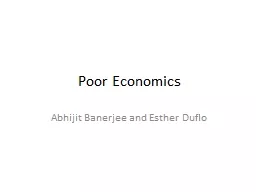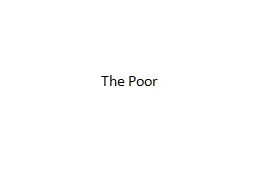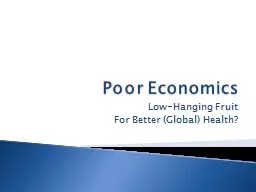PPT-Impacting Four Causes of Poor
Author : missroach | Published Date : 2020-06-15
Health Tobacco Alcohol Diet and Exercise Michael Clark MD Associate Medical Director Partners Behavioral Health Management 1 Examination of how four factors
Presentation Embed Code
Download Presentation
Download Presentation The PPT/PDF document "Impacting Four Causes of Poor" is the property of its rightful owner. Permission is granted to download and print the materials on this website for personal, non-commercial use only, and to display it on your personal computer provided you do not modify the materials and that you retain all copyright notices contained in the materials. By downloading content from our website, you accept the terms of this agreement.
Impacting Four Causes of Poor: Transcript
Download Rules Of Document
"Impacting Four Causes of Poor"The content belongs to its owner. You may download and print it for personal use, without modification, and keep all copyright notices. By downloading, you agree to these terms.
Related Documents














